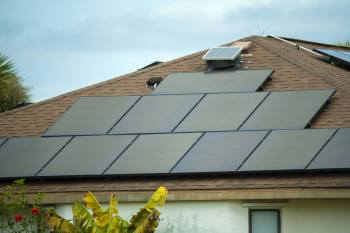EIVs: Smart Cars for a Smarter Future
Electric vehicles (EVs) are rapidly evolving, and China, a global leader in the EV market, believes it’s time for a tech-driven name change: introducing EIVs, or “electric intelligent vehicles.”

This shift reflects the integration of advanced artificial intelligence (AI) into these vehicles, offering consumers a suite of new features unavailable in traditional combustion-engine cars.
The Rise of the “Electric Intelligent Vehicle”
Contemporary Amperex Technology (CATL), the world’s largest battery maker based in China, highlights how the “E enables I,” presenting enhanced features. The Chinese EV market is booming, projected to reach nearly $378 billion this year, a significant leap compared to the U.S. market’s expected growth to over $104 billion. Globally, sales of full-battery and plug-in hybrid vehicles surged by 25% in 2024, exceeding 17 million units, as reported by Reuters.
China’s AI-Powered EV Revolution
While Tesla holds the top spot in global EV sales, China boasts a lineup of companies developing cutting-edge technology augmented by AI. NIO’s EIVs, for example, feature an AI dashboard assistant with interactive capabilities, including navigation to the company’s battery swap stations. Smartphone maker Xiaomi has developed an EIV with voice-recognition software and the ability to control home appliances remotely.

Xpeng is marketing its P7+ as “AI defined,” and BYD plans a $14 billion investment in AI and self-driving tech. These advancements are transforming the EV experience, incorporating AI functionalities with ease.
Addressing Common EV Concerns
The transition to EVs is also addressing previous concerns. Battery fires are now statistically less likely than those in gasoline-powered vehicles and significant advancements have eliminated range anxiety thanks to extended driving ranges and fast-charging technology. Tesla’s Supercharger network, for instance, can add 200 miles of range in just 15 minutes.
Sustainability and Financial Benefits

EVs offer significant environmental advantages, with each EV replacing a gas-guzzler preventing thousands of pounds of air pollution annually. Furthermore, switching to an EV or EIV can lead to annual savings of around $1,500 in fuel and maintenance costs, along with potential tax incentives of up to $7,500.
The Future of EVs: User Experience
Analyst Zoe Zhang of Rho Motion suggests that car manufacturers will increasingly focus on the user experience. As AI integration grows, so will the focus on creating seamless and intuitive interfaces. These smart vehicles are not just a technological leap; they signify a change toward more convenience and greater overall value.

These developments mark a major shift toward more convenient and overall greater value.
If you want to stay updated on the latest news and tips, be sure to subscribe to our free newsletter.


